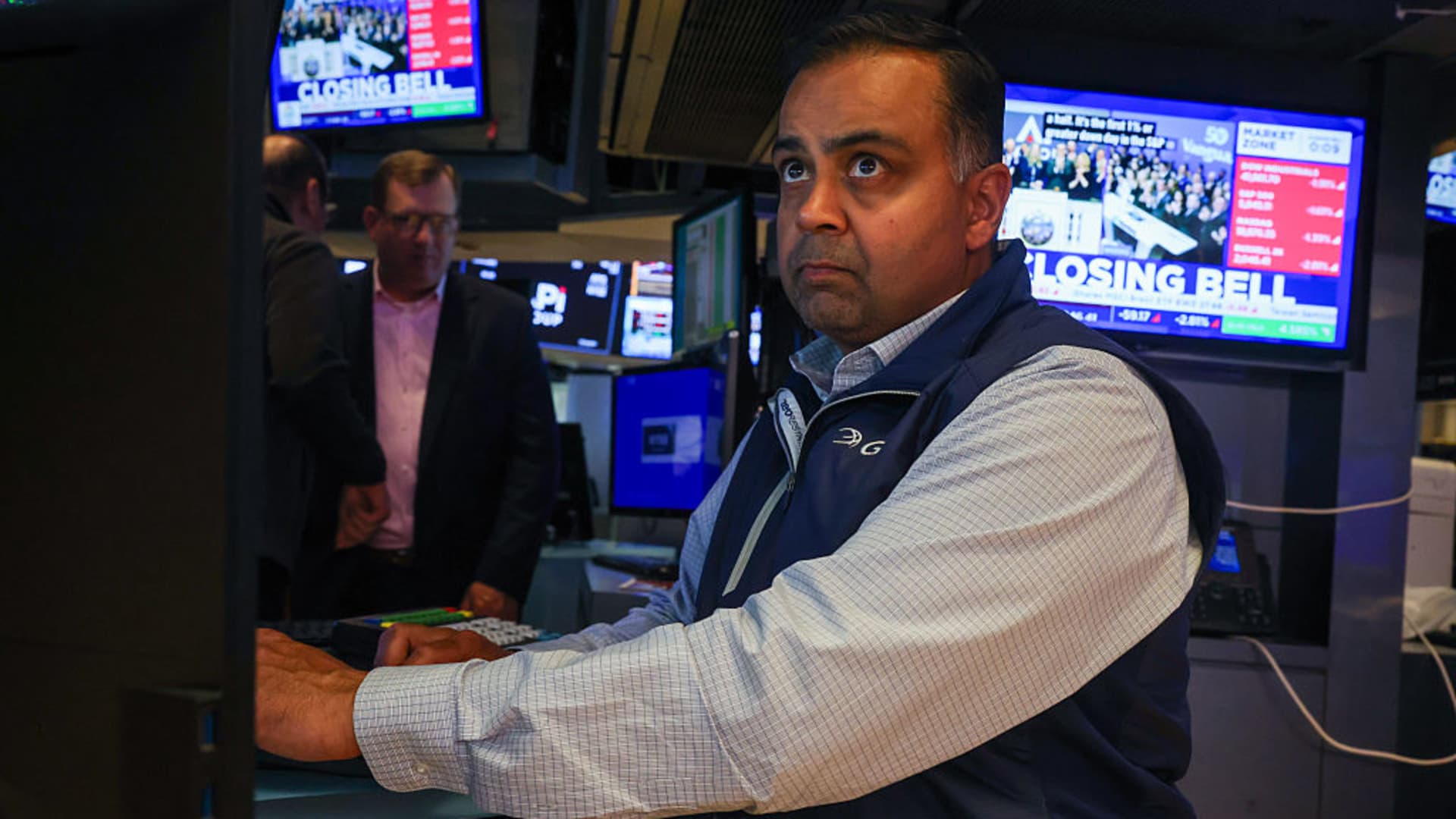Traders work on the floor of the New York Stock Exchange on May 21, 2025 in New York City.
Spencer Platt | Getty Images
Stocks were unchanged Thursday following a sizable sell-off on Wall Street as worries about a ballooning deficit deepened. The 30-year Treasury yield hit its highest since October 2023 as lawmakers passed a bill that investors fear could worsen the U.S. deficit.
The Dow Jones Industrial Average slipped 32 points, or 0.1%. The S&P 500 fell 0.1%, while the Nasdaq Composite traded marginally above flat.
In a party line vote early Thursday, House members approved the bill that includes lower taxes and additional military spending. The bill — which now goes to the Senate — could increase the U.S. government’s debt by trillions and raise the deficit at a time when fears of a flare-up in inflation due to Trump tariffs are already weighing on bond prices and boosting yields. The Congressional Budget Office puts the price tag for bill at nearly $4 trillion.
The 30-year Treasury bond yield on Thursday traded at levels not seen since 2023, around 5.1%, after spiking higher in the previous session. The benchmark 10-year Treasury note yield traded just below 4.6%. The increase in long-term rates, which are benchmarks for consumer loans, could pressure an economy already feeling the weight of Trump’s recently implemented universal tariffs.
The blue-chip Dow on Wednesday slid more than 800 points, while the S&P 500 finished the day 1.6% lower. A poor auction for 20-year Treasury debt helped fuel the spike in yields and the stock drop on Wednesday. Investors’ appetite for continuing to buy Treasuries in order to fund the U.S. deficit could be lagging and could worsen if this bill passes the Senate, becoming law. Yields would need to rise if bond demand continues to fade.
“I think it really speaks to the impact from the rate of change of yields versus just that drift higher,” Kevin Gordon, Charles Schwab senior investment strategist, said on CNBC’s “Closing Bell.” “It’s driven by inflation concerns that are tied to the budget deficit that are then tied to the potential path of the dollar.”





